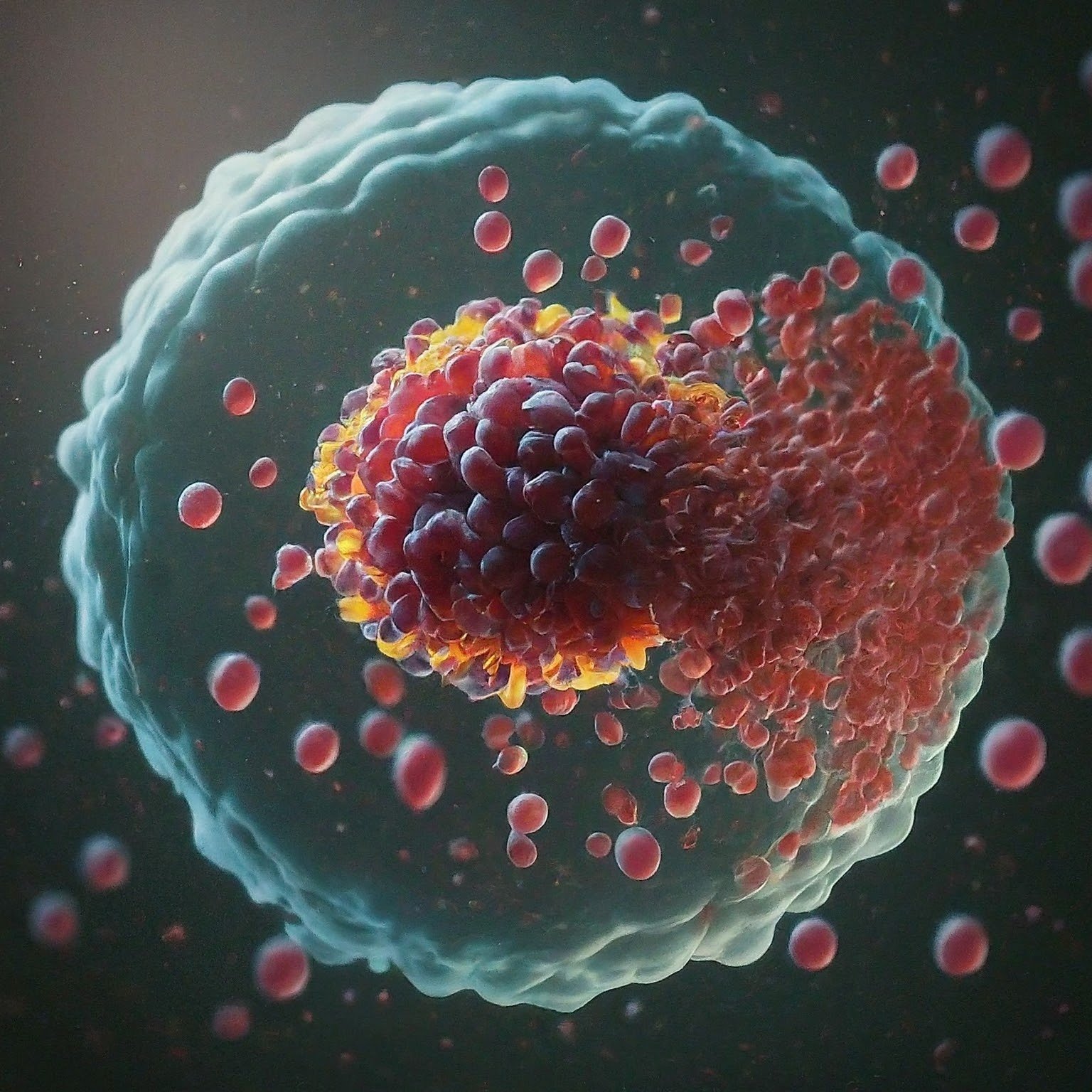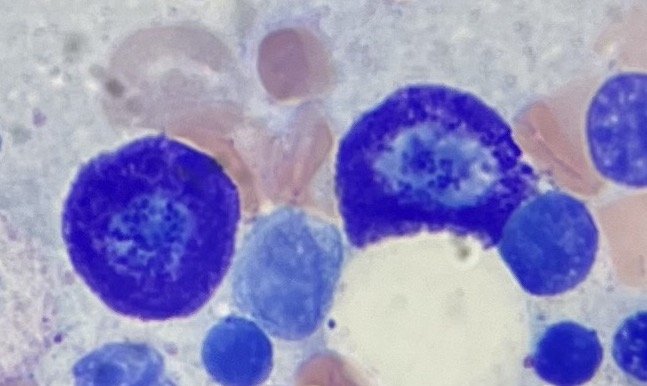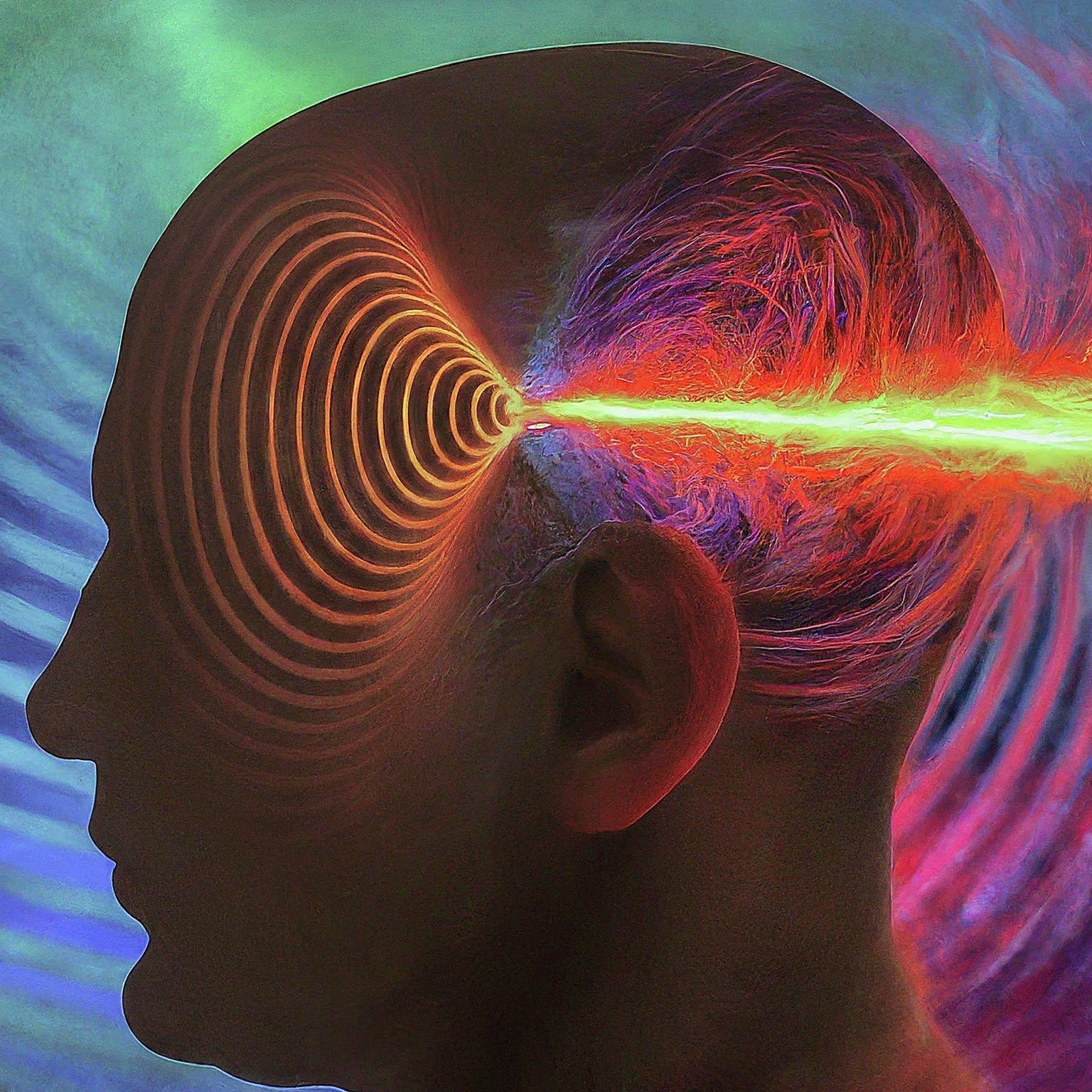How does our mental state affect our health?
Mind-body coherence refers to the state of alignment between thoughts, emotions, and physiological processes, creating harmony within the body’s bioenergetic systems. This coherence has a direct and measurable impact on mitochondrial function, influencing energy production, cellular communication, and overall health.
The Role of Thoughts, and Emotions in Biological Processes
Thoughts and emotions generate vibrational patterns that influence biological processes. Stress, whether physical or mental, increases the production of reactive oxygen species (ROS), which are byproducts of cellular metabolism, and disrupts heart rate variability (HRV), a key indicator of nervous system regulation and resilience. While ROS play a role in signaling and defense, excessive levels caused by chronic stress impair mitochondrial efficiency and disrupt cellular communication.
When unresolved emotional stress or trauma is present, the body’s energy systems lose coherence, diminishing the ability of mitochondria to produce energy effectively and further dysregulating the nervous system. Conversely, states of mental clarity and emotional alignment—achieved through mindfulness, meditation, or intentional practices—enhance mitochondrial efficiency by promoting bioelectrical coherence within the body.
Water plays a central role in this process, acting as a medium for storing and transmitting the vibrational information of thoughts and emotions. Research demonstrates that water’s molecular structure is influenced by mental and emotional states, forming organized crystalline patterns in response to positive thoughts and feelings. Within the body, structured water facilitates bioelectrical signaling and coherent communication between cells, integrating consciousness and physiological processes into a unified system.
Mental State and Health
-

Biophotons
Mitochondria release biophotons, ultra-weak light emissions that play a crucial role in cellular signaling and coordination. Research by Roland Van Wijk has demonstrated that these light signals are not random but are highly coherent, serving as a form of communication within and between cells. Stress and unresolved emotional states reduce the coherence of biophoton emissions, impairing cellular communication and disrupting energy flow. In contrast, a harmonious mental state enhances biophoton coherence, facilitating precise cellular signaling and maintaining the body’s bioenergetic integrity.
Biophotons also play a role in maintaining quantum coherence across biological systems. Their highly organized emissions allow cells to synchronize metabolic activities, adapting to changes in the internal and external environment. This suggests that biophotons may act as carriers of information, enabling the body to integrate physical, emotional, and mental states into a unified bioenergetic framework.
-

Resonance
Research by Masaru Emoto and Veda Austin reveals that water is highly receptive to thoughts and emotions, reshaping its molecular and crystalline structure based on vibrational patterns. This connection between consciousness and water suggests that water acts as an information carrier, storing and transmitting emotional and mental imprints. Within biological systems, metabolic water reflects these influences, acting as a medium for bioelectrical signaling and enhancing cellular communication.
Positive thoughts and feelings create coherence in water’s structure, strengthening hydrogen bonds and supporting mitochondrial function. This allows metabolic water to optimize energy production and maintain balance across the body’s systems. Conversely, stress and negativity disrupt this structure, reducing the efficiency of cellular communication and impairing the body’s bioenergetic systems.
-

Heart Rate Variability
Heart Rate Variability (HRV) is a critical marker of nervous system health and a key component of mind-body coherence. HRV measures the variation in time between heartbeats, reflecting the balance between the sympathetic (fight-or-flight) and parasympathetic (rest-and-digest) branches of the autonomic nervous system. High HRV indicates greater resilience and adaptability, while low HRV is associated with stress and chronic health issues.
The vagus nerve, a major component of the parasympathetic nervous system, plays a pivotal role in regulating HRV. Practices that stimulate the vagus nerve—such as deep breathing, meditation, and cold exposure—can enhance HRV, improving mitochondrial function and promoting cellular repair. Research from the HeartMath Institute demonstrates how positive emotional states increase HRV, fostering coherence within the body’s bioenergetic systems and enhancing overall health.
Practical Applications
Achieving mind-body coherence requires intentional practices that align mental, emotional, and physiological states while supporting nervous system regulation. These include:
Somatic Therapies: Techniques such as somatic experiencing and body-focused trauma work help release stored tension and trauma, restoring nervous system balance and enhancing mind-body alignment.
Technological Interventions: Modalities like biofield tuning (using tuning forks to harmonize the body’s energy field) and neurofeedback (training the brain to improve self-regulation) provide targeted tools for fostering coherence and optimizing nervous system function.
Breathwork: Enhancing oxygen delivery to mitochondria while calming the nervous system.
Gratitude Practices: Cultivating positive emotions to create resonance and balance within the bioenergetic system.
Meditation and Mindfulness: Reducing stress and promoting mental clarity to restore coherence in the body’s energy systems.
Movement and Bodywork: Practices such as yoga, tai chi, and therapies like massage or cranio-sacral, stimulate collagen networks, enhancing the structure of metabolic water, hydrating cells and improving cellular communication.
Citations
Bauer, G. (2012). "Signaling by reactive oxygen and nitrogen species: Pathways and consequences." Free Radical Biology and Medicine, 49(1), 45-64. https://doi.org/10.1016/j.freeradbiomed.2012.02.030M
cEwen, B. S. (2007). "Physiology and neurobiology of stress and adaptation: Central role of the brain." Physiological Reviews, 87(3), 873-904. https://doi.org/10.1152/physrev.00041.2006
Zarkovic, N. (2003). "Role of oxidative stress on pathogenesis of the metabolic syndrome." International Journal of Molecular Sciences, 30(3), 66-76. https://doi.org/10.3390/ijms30030066
Oschman, J. L. (2003). "Energy medicine: The scientific basis." Churchill Livingstone. https://www.sciencedirect.com/book/9780443062612/energy-medicine
Schoeller, D. A. (1999). "Isotope fractionation: Understanding movement and metabolism of water in the body." American Journal of Clinical Nutrition, 70(1), 121–126. https://doi.org/10.1093/ajcn/70.1.121
Lanza, R., & Berman, B. (2009). "Biocentrism: How life and consciousness are the keys to understanding the true nature of the universe." BenBella Books. https://www.benbellabooks.com/shop/biocentrism/
Anokhin, P. K. (1968). "Biology and neurophysiology of the conditioned reflex and its role in adaptive behavior." Pergamon Press.
Van Wijk, E. P., & Van Wijk, R. (2005). "Biophoton emission and biophotonics: A multi-disciplinary approach." Journal of Photochemistry and Photobiology B: Biology, 83(2), 77-82. https://doi.org/10.1016/j.jphotobiol.2005.10.003
Porges, S. W. (1995). "Orienting in a defensive world: Mammalian modifications of our evolutionary heritage. A Polyvagal Theory." Psychophysiology, 32(4), 301-318. https://doi.org/10.1111/j.1469-8986.1995.tb01213.x
Can you add , I. (1980). "From Being to Becoming: Time and Complexity in the Physical Sciences." W. H. Freeman and Company.
Pollack, G. H. (2013). "The Fourth Phase of Water: Beyond Solid, Liquid, and Vapor." Ebner & Sons.
Lipton, B. H. (2005). "The Biology of Belief: Unleashing the Power of Consciousness, Matter & Miracles." Mountain of Love/Elite Books.
Dispenza, J. (2014). "You Are the Placebo: Making Your Mind Matter." Hay House, Inc.
Van Wijk, R., Van Wijk, E. P., & Bajpai, R. P. (2006). "Photonic monitoring of oxidative metabolic processes by biophoton emission." Neurochemistry International, 49(1), 49-55. https://doi.org/10.1016/j.neuint.2006.06.005
Ainslie, P. N., et al. (2014). "Cerebral blood flow regulation and its association with chronic stress and neurodegenerative disease." Journal of Cerebral Blood Flow & Metabolism, 34(6), 990-996. https://doi.org/10.1038/jcbfm.2014.70
